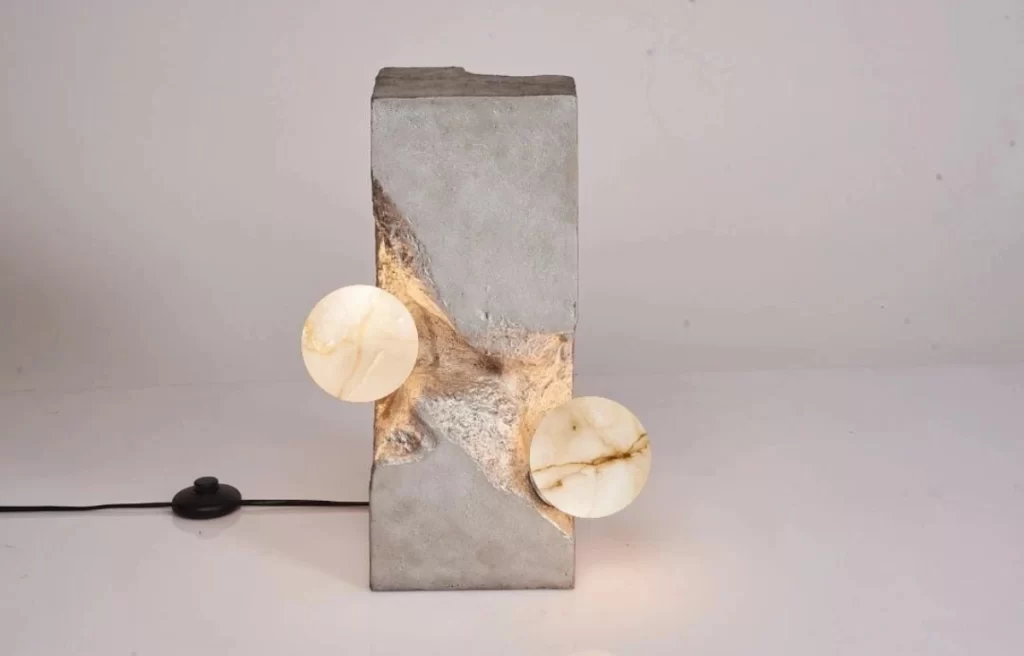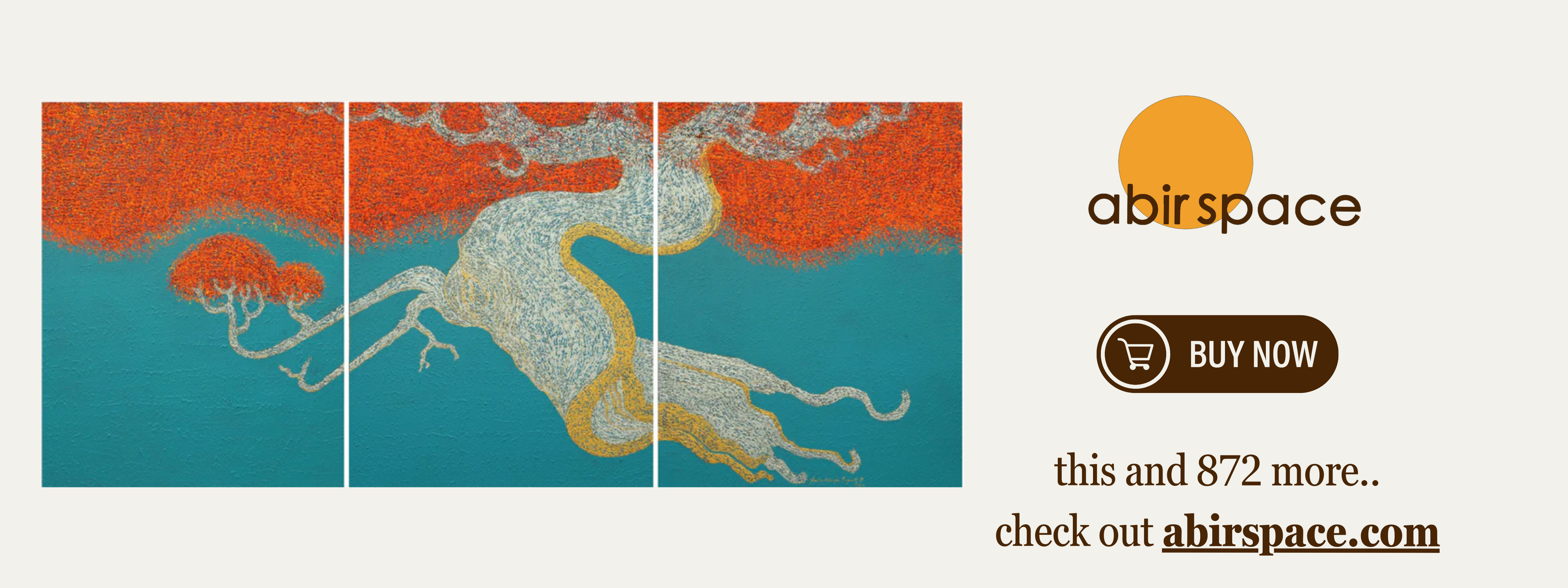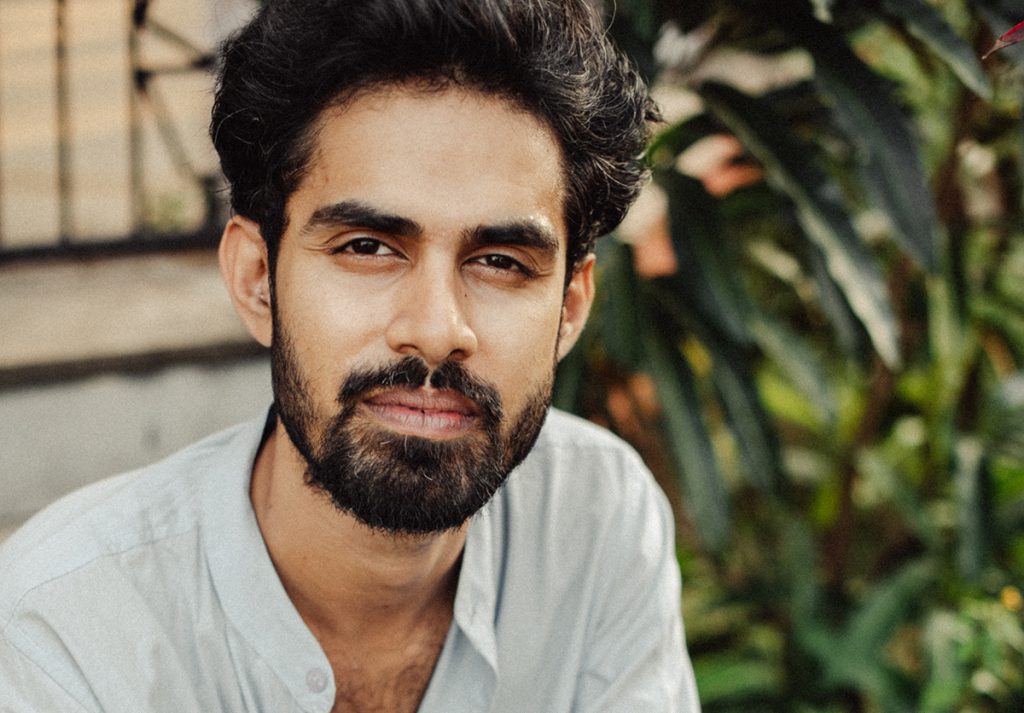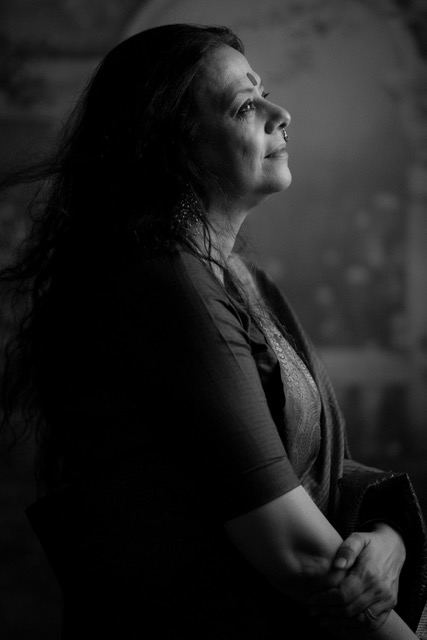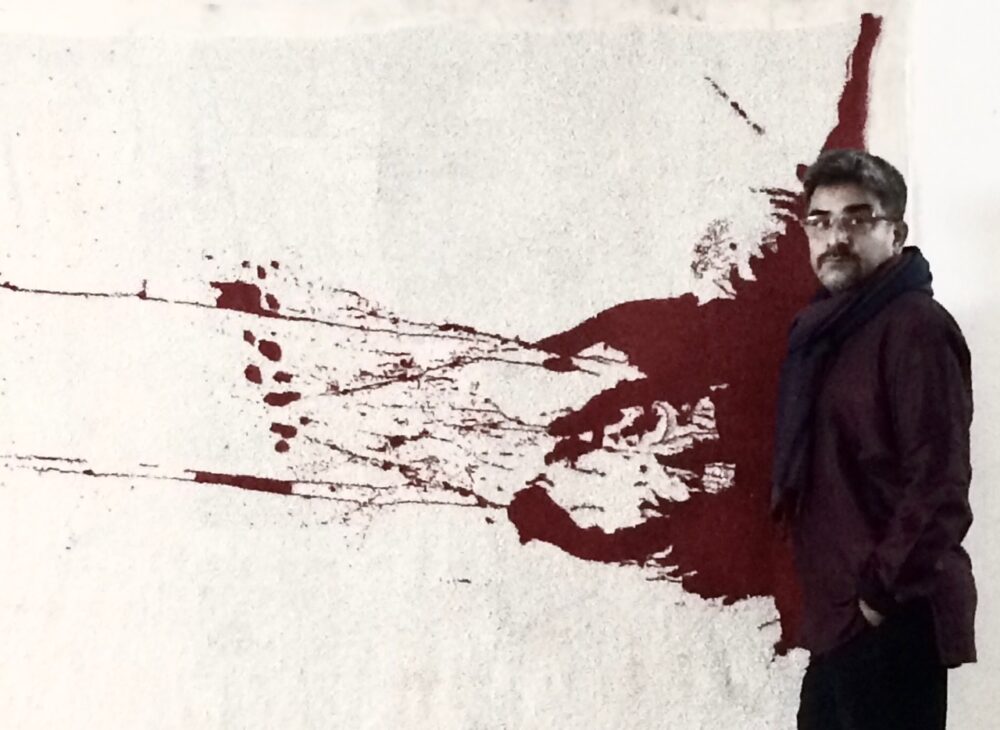Welcome to D-Talks: Enhancing Contemporary Art Dialogues in South Asia
Yashesh Virkar is the innovative mind behind Yasanche by Yashesh Virkar, a design practice that transcends traditional home furniture and accessories. A Mumbai-born product designer who graduated from Raffles College of Higher Education in 2008, Virkar’s journey is marked by international exposure and a deep passion for transformative design. After working with renowned furniture designer Christopher Guy in Singapore, he established Yasanche in 2013, creating sophisticated decorative pieces that draw inspiration from decorative arts, nature, and unique crafting techniques.
Yasanche captures sensational experiences through meticulously crafted objects that evoke mystery, sophistication, and an empowering aesthetic. It is indeed at the intersection of art and technology. Virkar’s approach, shaped by collaborations with leading architects, reflects an authentic vision of reimagining living spaces through extraordinary design.
In an engaging dialogue as part of the D-Talks series, Virkar delves into the dynamic landscape of Indian design, unveiling his creative vision behind Yasanche.
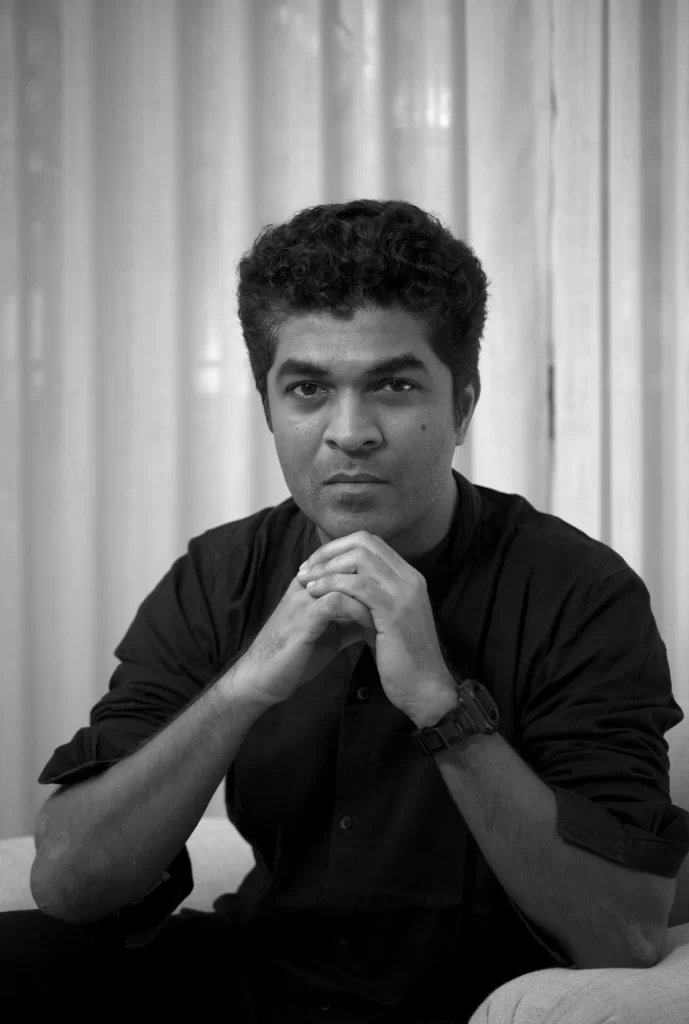
Q: How would you describe your signature design aesthetic, and how has it evolved while working in India?
Yashesh Virkar: Yasanche by Yashesh Virkar is a celebration of exquisite artistry, originality, human stories, and fascinating treasures of the world around us. Yasanche’s designs are highly crafted and are inspired by the decorative arts, flora and fauna, and natural forms while using unique techniques. They are sophisticated decorative pieces that redefine modern trends. Yasanche sets a high standard in home accessories with its empowering style, prestige, and exclusivity.
We try to break away from conventional materials and techniques used in furniture making across India. We try to break the mold of FURNITURE making usually practiced more traditionally here and make it more of a piece of art and an expression in a subtle way.
Q: What influences and inspires your current work? Could you share some movements, designers, or elements of Indian culture that have shaped your practice?
Yashesh Virkar: To talk about movements that shaped my practice, I would like to compare the Indian furniture industry with the Indian fashion industry. The fashion industry has largely survived and thrived due to its exposure and association with Hindi cinema, known for its viral visual storytelling. Compare that to the furniture industry, which has always been an underdog for a long time. Traditionally, every middle-class family in India has always had a carpenter and an electrician at their disposal. They could get done whatever designs and patterns they could, given the budget.
In the higher middle class and affluent class, back in 2008 -2010, people relied on big importers who had lavish showrooms in the posh lanes of cities. These importers would buy in bulk from China, Indonesia, and Vietnam and also manufacture cheap knockoffs. There were always standard finishes and colours on offer. Everyone played safe in terms of finishes and materials.
This was the trigger point to come up with a design line that cut through the clutter and stood out from the mundane and boring practices the industry had to offer.
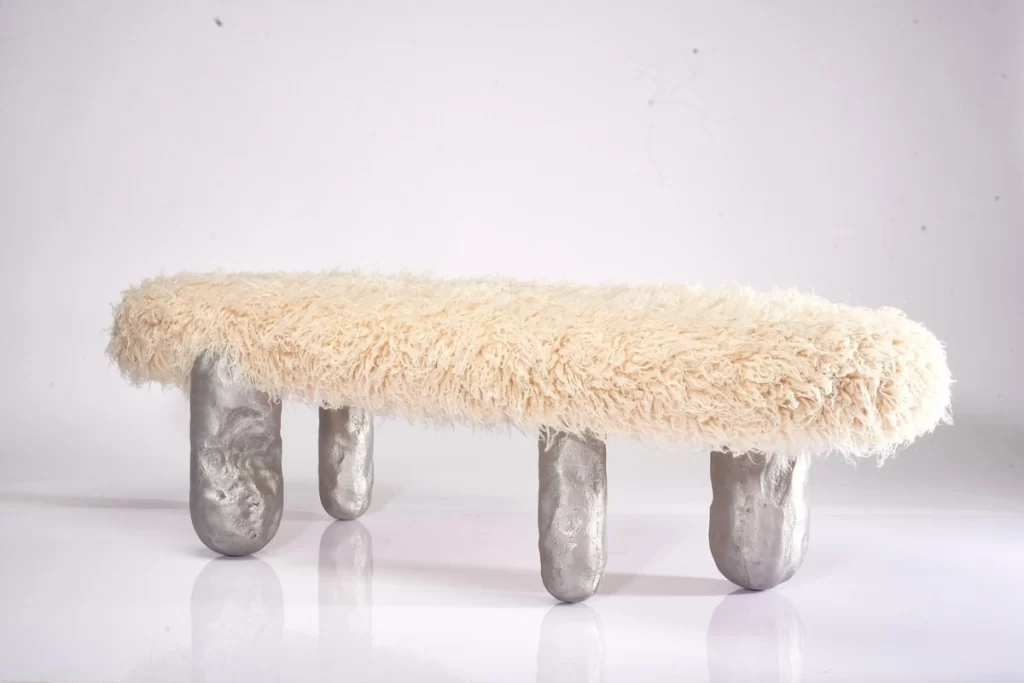
Courtesy – Yashesh Virkar
Our recent Bhu Collection is inspired by the natural elements of soil and sand. Soil is closely connected to the culture and civilization of an ethnic group living in a given place, their thoughts, human stories, livelihood and health. However, in the last few decades, soil resources have been overexploited in modern society and are currently on the verge of collapsing. The collection includes one-of-a-kind furniture pieces and lighting fixtures that celebrate the raw nature of Mother Earth.
The Bhu Collection is made in sand-casted metal, using intricate techniques to achieve a fully finished product. The texture of the soil in its raw form is preserved and celebrated as a design element. These products are amalgamations of the brand’s previous collections, which were made using cast resin depicting water and materials like metal, glass, wood, and acrylic.
Q: Could you walk us through your creative process? How do you move from the initial concept to the final execution?
Yashesh Virkar: We sketch a lot. Do brainstorming on the materials that could be used to derive a design. Usually, Form follows Function but in our case sometimes Form follows Materials.
Q: Your work often involves collaborations with artisans and other creatives. What draws you to these partnerships, and how do these collaborations enrich your design practice?
Yashesh Virkar: Yes we do collaborate with artisans. We have been in the business of custom furniture designing and manufacturing for Architects and clients for the past 10 years, establishing a global majority in cultural narratives. While on this journey we met and made friends with a lot of talented artisans and workshops. After the pandemic, we got time to introspect about what we stand for and what we believe in and wondered if we walked the dream that we initially began our journey with. The answer was quite unsatisfying. In around 2022, we aggressively started realigning our priorities and went back to the drawing board to come up with a collection that strives to evoke sensational experiences by designing beautiful pieces, which are passionately inspired and crafted, and convey a sense of mystery that seduces, entices and captivates its audience.
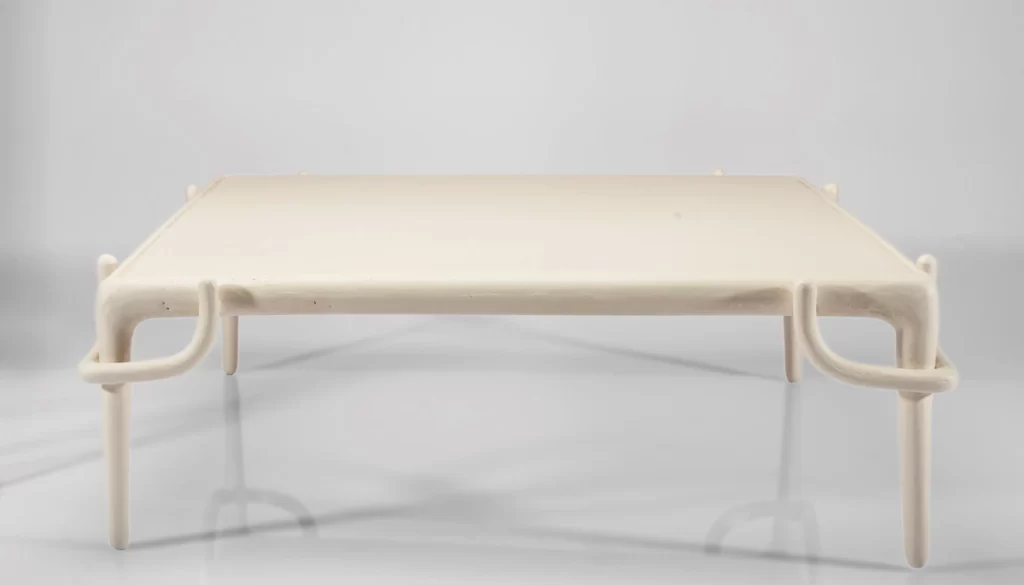
Courtesy – Yashesh Virkar
Q: Looking back at your portfolio, which project represents a significant turning point in your career, and among your recent works, what project are you most proud of and why?
Yashesh Virkar: It was more of an event than a portfolio. The very decision taken in isolation to shift the efforts from making custom pieces for clients and focusing on a brand new look and collection was the changing point in my career I think. I was easily replicable and vulnerable while working in a competitive yet largely sterile market in terms of creativity. This decision and shift in my approach was very well received by Architects and clients and I got very good support for my new endeavour, enriching the contemporary art dialogues in South Asia.
We have not reached that stage yet where we can be satisfied with our project. There is a lot to be learnt and more artisans to be friends with. We just rerouted our journey with a dream to make beautiful pieces that are passionately inspired and crafted.
Q: What unique challenges and opportunities have you encountered as an emerging designer in the Indian design industry, and how are you working to overcome these obstacles?
Yashesh Virkar: The good thing is people are more open to ideas and ready to explore new forms and human stories. In the last 10- 14 years furniture designers have been looked at as serious professionals compared to 2 decades ago. But at the same time, the Luxury furniture market is filled with clientele who are well travelled and want their environment to look or be inspired by LA or say NYC or Parisian modern vibe. I see that as a downside as these clients keep referring to Pinterest and foreign designers and magazines and expect the same borrowed design aesthetics.
Especially in the luxury furniture market, your Name, Location and Association matter a lot. I was very naive in my initial days to understand the fundamentals of the luxury market. I thought good designs and talent would take me a long way. I also found many people who advised me not to enter the luxury furniture market since I was not from a wealthy circle. But back then, I went by my gut feeling. I concentrated on developing a team of skilled carpenters, finishing experts, and vendors who deliver good finishes, keeping the touch of viral visual storytelling. Always be a “yes” person. Never overcommit and always be transparent in your deals. These are the traits that help build a good reputation if you want to sustain yourself in the market for a long.
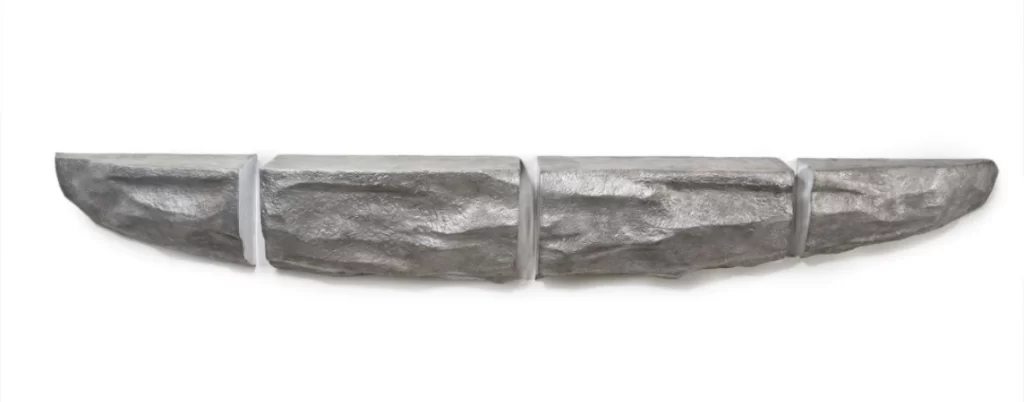
Courtesy – Yashesh Virkar
Q: How do you approach sustainability and eco-friendly practices in your designs, particularly considering India’s traditional wisdom and contemporary environmental challenges?
Yashesh Virkar: I can say in terms of the luxury furniture market, some people are concerned about sustainability in art practices as talking terms, but when it comes to designing their furniture pieces, they are ready to pour in money to make stunning and unique pieces, no matter where the material is sourced from. The bar cabinet, sofa, or lamp is more of a thing to talk about and flaunt at parties. Furniture and lights are slowly taking the place of designer clothes and dresses. I would say the words “sustainability” and “eco-friendly practices” sound good as a philosophy, but when it comes to making pieces that could be sold and bought, the criteria change from a large perspective today.
It’s an interesting area though, where more like-minded people need to come together and look into this area, as it is mostly untouched in terms of widespread public usage. And there is tremendous opportunity in this concept.
Q: What’s your most exciting recent design or art discovery that’s influencing your current thinking?
Yashesh Virkar: I love the art of Channapatna these days. I am very much influenced by the process and the vibrant colours it offers. Can’t resist working on designs where the age-old technique could be used with a combination of modern materials to encourage contemporary art dialogues in South Asia.
Q: How do you build visibility and reach out to potential clients – what platforms and strategies have worked best for you?
Yashesh Virkar: It has always been a WORD OF MOUTH. In my initial days, I used to send my portfolios to Magazines to try and get a small writeup for my company. Approached Architects upfront to collaborate with them on their site for custom furniture. Social Media works a lot and in the past few years, we have started participating in Exhibitions Pan India to spread the word, and human stories, and be more visible.
Q: From your experience, what are the crucial dos and don’ts for young designers trying to establish themselves in India, and what professional forums or communities would you recommend they join?
Yashesh Virkar: For Dos, I would say Be very Bold in your ideas. Do not back out at any cost.
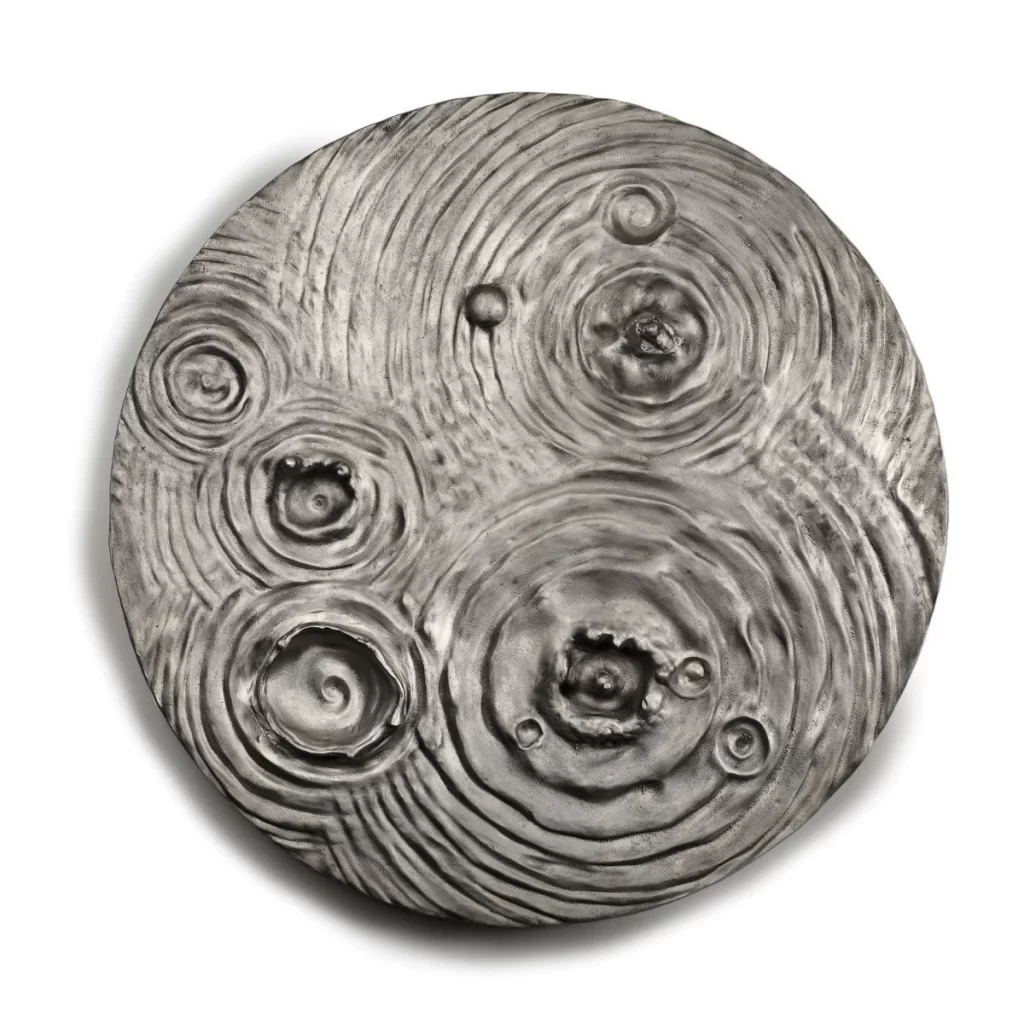
Courtesy – Yashesh Virkar
One thing is necessary to remember: As a designer is looking for good clients, Even clients are looking for Good designers. It’s just a matter of Time.
Be patient and always keep Hustling. People will take notice of you. I would say, create a group of designers with the same ambition specifically but not like-minded and from different fields and discuss with them about your ideas and designs and get some feedback. Do not romanticize a lot with your creations.
For Don’ts, I would say there is nothing that I would say do not do. Try every trick in the book to get where you want to be in a very Noble and Honest way, telling human stories along the way.
I would always recommend to younger designers: first, study your market, and travel around to see how your target market makes buying decisions. Always try to work with materials and provide services no one else is offering. That would set you apart from your competition. Do not be replaceable.
Q: As you look ahead, what kind of projects or directions would you like to explore?
Yashesh Virkar: I am more interested in discovering unique artisanal age-old techniques and processes from various parts of the country, as well as collaborating with craftsmen to create unique pieces of art that bring the age-old skill into the future. This is the only way which will allow for contemporary art dialogues in South Asia.
Q: For aspiring designers looking to make their mark in India’s design landscape, what wisdom would you share from your journey?
Yashesh Virkar: Do not be bothered by what other designers are working on.
Get your story right.
You don’t sell a piece of furniture, you sell a DESIRE.
You should know when and where to stop.
Don’t get too romantic with your creativity.
Explore processes.
Visit parts of India to find inspiration.
Image – Cast aluminium table lamp, Bhu collection. Courtesy – Yashesh Virkar
Contributor

